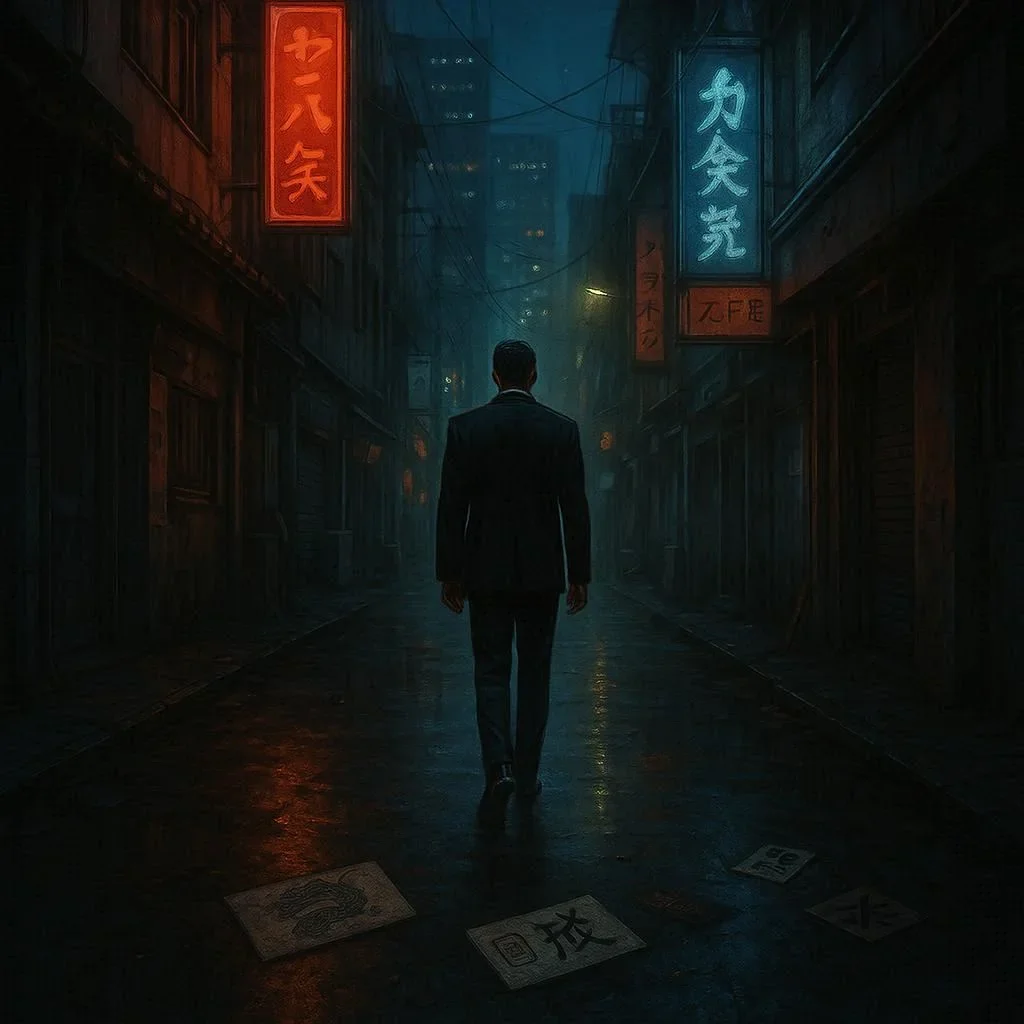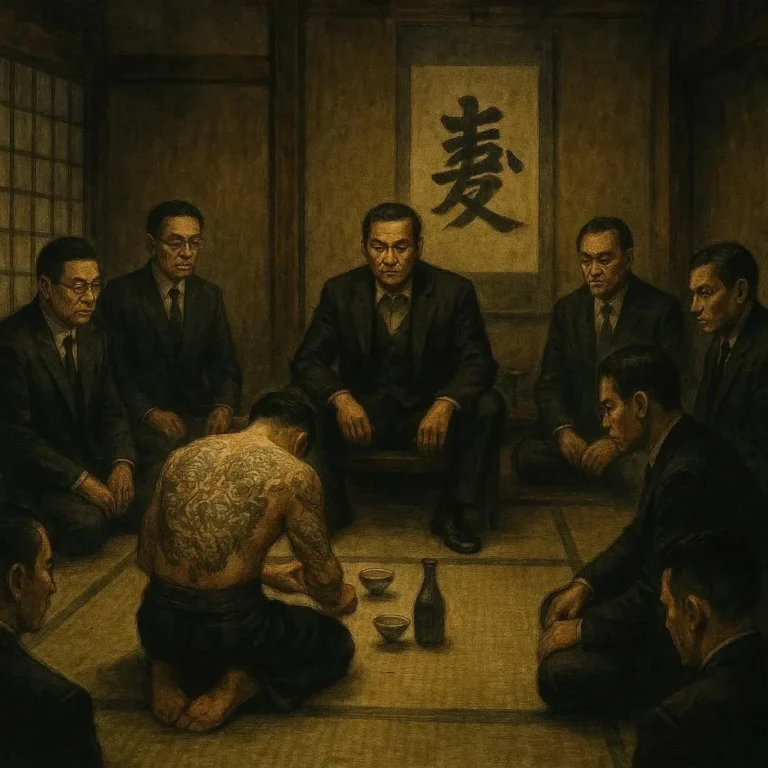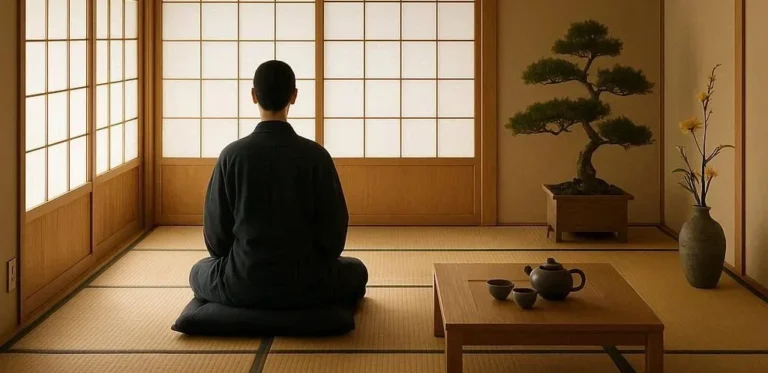504 views The Mystique of Samurai Swords in Japanese Myth
The Enduring Legacy of Samurai Swords in Japanese History and Legend
Samurai swords, particularly the katana, hold a revered place in Japanese history, mythology, and culture. These blades are not merely weapons but symbols of honor, craftsmanship, and the spirit of the samurai. In this blog post, we delve into the mystique surrounding samurai swords, their historical significance, and their enduring impact on Japanese identity.
The Historical Context of Samurai Swords
The samurai sword, or nihon-tō, has its origins in the Heian period (794–1185 CE). However, it wasn’t until the Kamakura period (1185–1333 CE) that the katana began to take shape as the iconic curved, single-edged blade we recognize today. These swords were forged to meet the needs of the samurai class, who valued them for their functionality in battle and their aesthetic beauty.
The Evolution of Samurai Swords
Over centuries, samurai swords evolved in design and purpose. The tachi, an earlier form of the katana, was longer and more curved, often used by mounted warriors. As warfare tactics shifted, shorter swords like the wakizashi became popular for close combat. The katana, however, remained the most celebrated of all samurai swords.
The Art of Swordmaking
The craftsmanship behind samurai swords is unparalleled. Master swordsmiths undergo rigorous training to learn the art of forging, folding, and quenching steel. This labor-intensive process results in blades with remarkable strength, flexibility, and a beautiful pattern Known as hamon. Learn more about the art of Japanese swordmaking from the Wikipedia page on Japanese swords.
The Cultural Significance of Samurai Swords
Samurai swords transcend their role as weapons; they are deeply embedded in Japanese cultural identity. In many traditional Japanese households, samurai swords are displayed as heirlooms, symbolizing family history and honor.
Samurai Swords in Rituals and Ceremonies
These swords also play a role in various rituals and ceremonies. During the tea ceremony, for instance, the katana is often displayed as a symbol of the host’s honor and integrity. Similarly, in Shinto rituals, samurai swords are sometimes used to purify and consecrate spaces.
The Philosophy of Bushido
At the heart of samurai culture lies the Bushido Code, a set of principles emphasizing courage, loyalty, veracity, and self-discipline. The sword is a tangible representation of these ideals. A samurai’s sword was seen as an extension of his soul, a manifestation of his commitment to honor and justice.
The Mythology and Folklore Surrounding Samurai Swords
Japanese mythology is rich with tales involving samurai swords. These legends not only highlight the swords’ historical significance but also infuse them with an air of mystery and intrigue.
The Legend of the Kusanagi-no-Tsurugi
One of the most famous legends in Japanese mythology centers around the Kusanagi-no-Tsurugi (Grass-Cutting Sword). This divine sword is said to have been presented to the Sun Goddess Amaterasu by the god Susanoo and is now enshrined at the Atsuta Shrine in Nagoya. According to legend, this sword was used by Susanoo to slay an eight-headed serpent, symbolizing the triumph of good over evil.
The Myth of the Dragon Slayer Swords
Another intriguing tale is that of the Dragon Slayer Swords, said to have been forged from the bones and scales of a dragon. These swords were purported to possess supernatural sharpness and strength. While there is no historical evidence to confirm this legend, it speaks to the reverence with which samurai swords are held in Japanese culture.
The Craftsmanship Behind Samurai Swords
The process of creating a samurai sword is a masterclass in precision and artistry. From the selection of raw materials to the final polishing, each step requires immense skill and attention to detail.
The Forging Process
The forging process typically begins with tamahagane, a type of high-carbon steel prized for its ability to hold a sharp edge. The steel is repeatedly heated, folded, and hammered to remove impurities and achieve the desired grain pattern. This process can take weeks, even months, to complete.
The Quenching and Tempering Process
Once the blade is forged, it is quenched in water to harden the edge, while the spine is left softer to increase flexibility. This differential hardening results in the distinctive hamon, the tempered edge of the blade. The hamon not only enhances the sword’s aesthetic appeal but also contributes to its functionality.
The Final Polish
The final step in the creation of a samurai sword is the polishing process. This involves using progressively finer stones to reveal the blade’s intricate grain pattern and hamon. The polish not only enhances the sword’s appearance but also ensures its longevity.
For a deeper understanding of the craftsmanship behind samurai swords, check out this detailed guide from the Japanese Sword Information website.
The Legacy of Samurai Swords in Modern Times
Although the samurai class was abolished in the late 19th century, the mystique of samurai swords endures. They remain an important part of Japanese cultural heritage, inspiring art, literature, and film.
The Collectibility of Samurai Swords
Samurai swords are highly sought after by collectors worldwide. Antique swords, particularly those attributed to famous swordsmiths, can fetch millions at auction. Modern swords, while not as historically significant, are appreciated for their craftsmanship and beauty.
The Role of Samurai Swords in Contemporary Culture
In contemporary culture, samurai swords continue to captivate audiences. Movies, anime, and video games often feature samurai swords as iconic weapons, further cementing their place in popular imagination.
Conclusion
The mystique of samurai swords in Japanese myth is a testament to the rich cultural and historical tapestry of Japan. From their role as tools of war to their status as works of art, these blades encapsulate the essence of samurai spirit and Japanese identity. Whether you are a history enthusiast, a collector, or simply someone captivated by their beauty, samurai swords offer endless fascination.
If you found this post informative and engaging, please leave a comment below. Share your thoughts on what draws you to the allure of samurai swords. Don’t forget to follow our blog for more articles delving into the fascinating world of Japanese history and culture!
Frequently Asked Questions (FAQ)
Q1: What is the difference between a katana and a wakizashi?
A katana is a longer sword (typically over 24 inches) designed for battle, while a wakizashi is a shorter sword (typically under 24 inches) worn as a companion piece. Together, they formed the daisho, the traditional outfit of a samurai.
Q2: What is the significance of the tsuba on a samurai sword?
The tsuba (guard) is a circular or oval-shaped metal piece that protects the hand from an opponent’s blade. Beyond its functional purpose, the tsuba often features intricate designs and serves as a decorative element of the sword.
Q3: How were samurai swords made?
Samurai swords were made through a labor-intensive process involving forging, folding, and quenching high-carbon steel. This technique resulted in blades known for their strength, flexibility, and aesthetic beauty.
Q4: What role do samurai swords play in modern Japan?
In modern Japan, samurai swords are primarily valued for their cultural and historical significance. They are displayed in museums, collected by enthusiasts, and occasionally used in traditional ceremonies.
Q5: Do samurai swords still hold any mystical or spiritual significance?
While the mystical beliefs surrounding samurai swords are largely rooted in legend, they continue to hold a revered status in Japanese culture. Many people view them as symbols of honor and craftsmanship, reflecting the enduring spirit of the samurai.







